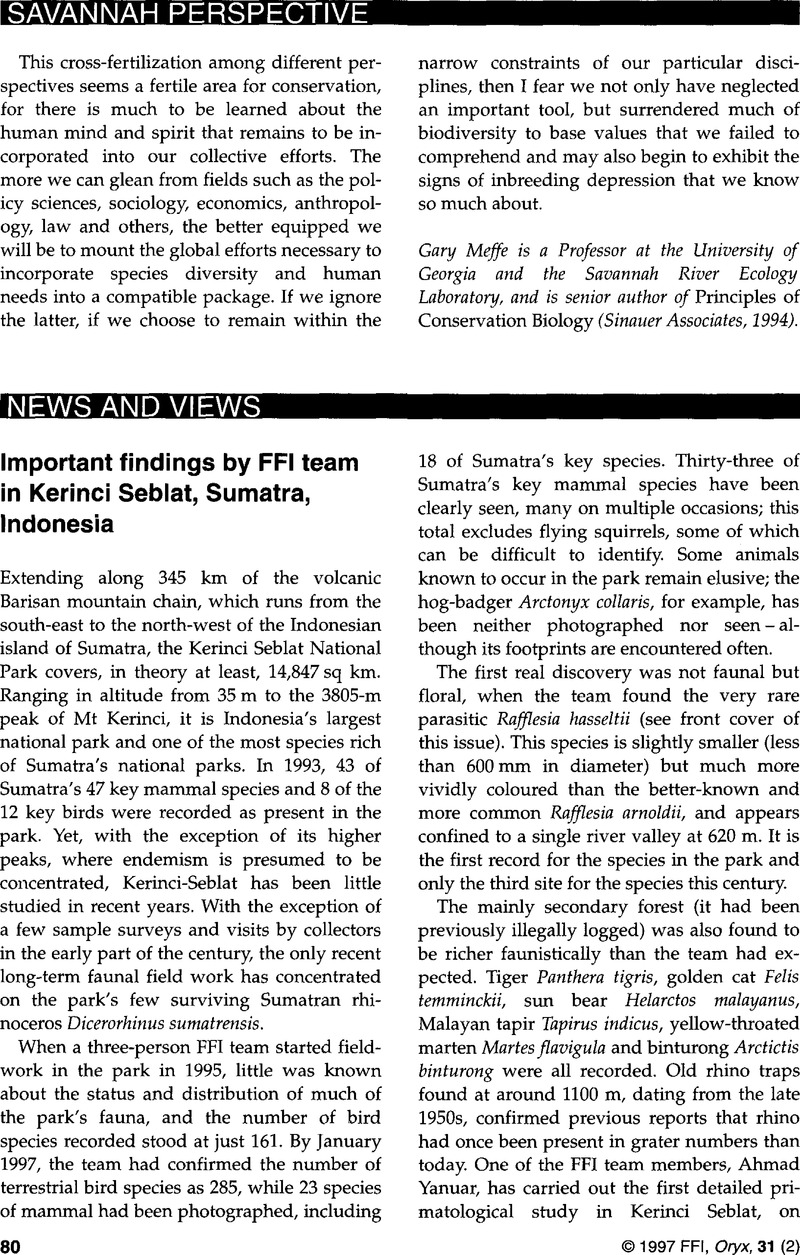Crossref Citations
This article has been cited by the following publications. This list is generated based on data provided by Crossref.
Swann, Don E.
Kawanishi, Kae
and
Palmer, Jonathan
2011.
Camera Traps in Animal Ecology.
p.
27.
Wawrosz, Petr
2011.
Creation and Violation of Institutional Equilibrium in Redistribution Systems.
Politická ekonomie,
Vol. 59,
Issue. 4,
p.
526.


